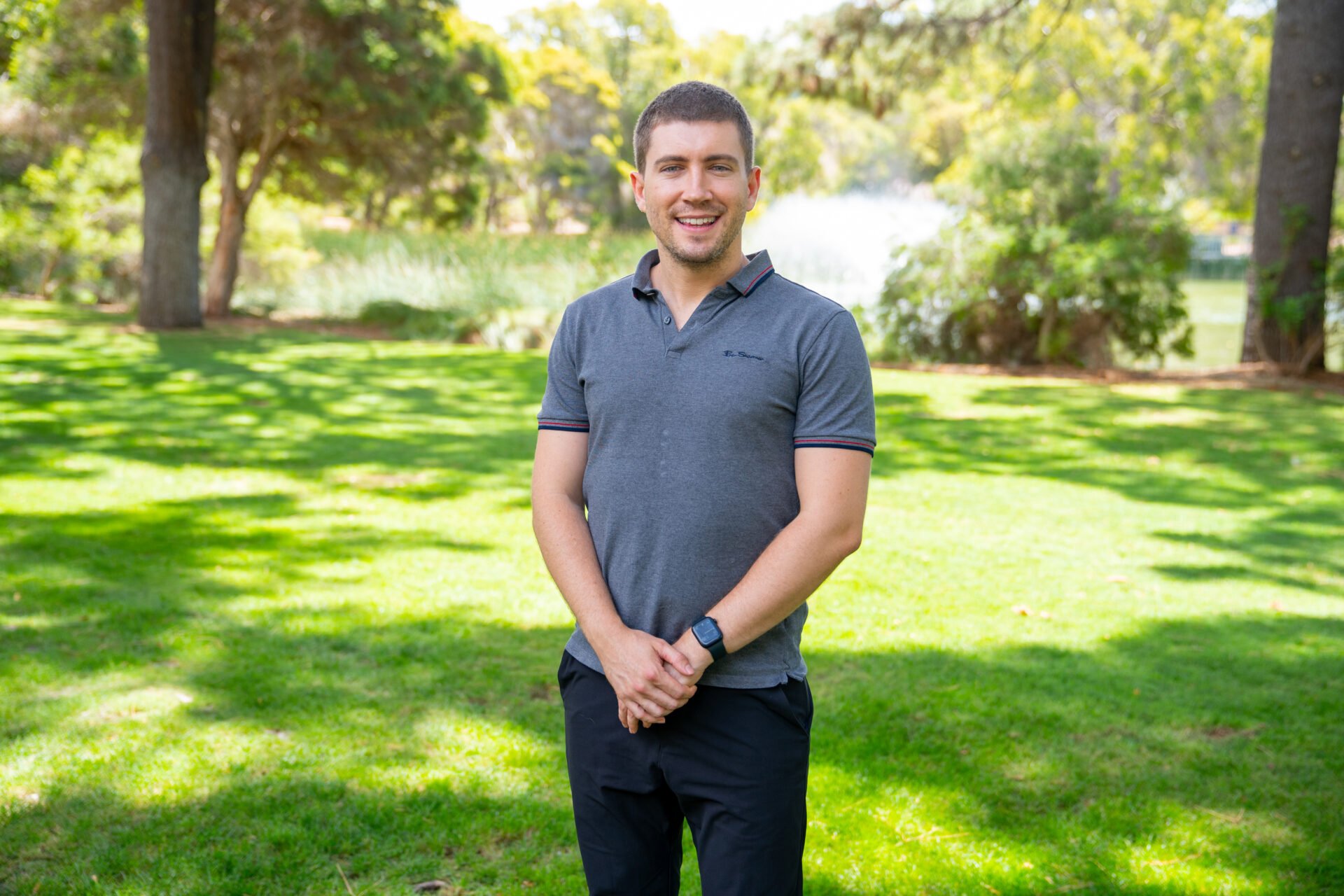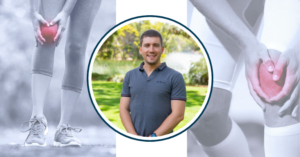What is the point of stretching?
Should we or should we not be stretching remains one of the topics within Sports Medicine and Sports Science that has staunch believers on both sides of the fence and is often recommended by clinicians to improve performance or reduce injury rates. Whilst some evidence has shown the capacity for regular stretching to improve muscle length and joint range of motion it should not be recommended as a mainstay for injury prevention. Stretching is also performed as a therapeutic exercise to relieve symptoms of muscle of joint ‘tightness’ or ‘stiffness’ experience by patients.
Prescribing individualised rehabilitation, not rehabilitation recipes.
As a clinician it is important that whilst we are informed by the evidence, we assess the individual in front of us and determine what it is the individual might need so that we are providing targeted management and not rehabilitation recipes. For knee extension test as an example of hamstring example, if we use the length, stretching can significantly improve range of motion. However, before prescribing every patient with hamstring stretching it is important that clinicians first assess the athlete to determine whether the person even requires additional hamstring flexibility. Many athletes will already have sufficient hamstring length for their required sport. Clinicians must also remember that the requirements for hamstring length will be different between sports (e.g., a gymnast would require significantly greater hamstring flexibility than a swimmer). By only providing stretching to athletes with muscle length that limits their sporting performance we also reduce the time burden on other athletes who already have sufficient range and would likely be stretching for little to no added benefit.
Appreciate the difference between feeling tight, and actually having feeling tight, and actually having.
One of the common clinical beliefs is that when someone is feeling tight, this means they have reduced muscle length. However, it is possible for someone to have the sensation of ‘tightness’ or ‘stiffness’ or ‘tension’ and not actually have reduced muscle length. It has been theorised that the feeling of muscle tightness, or restriction can also be due to chronic overloading of a normal muscle, or normal loading through a weakened muscle. Therefore, the solution to these problems is unlikely to be stretching. Instead better load management and providing increased strength to the weak muscle group would, in theory, provide better outcomes. I have presented the clinical decision-making tool I use when deciding to prescribe stretching with Figure 1. Due to the effect of stretching of our neural network, an athletes muscle tension may feel better immediately after stretching. However, this does not address the core problem of over-training or being under prepared for athletic loading due to muscle weakness.
Hypermobile athletes
Hypermobile athletes are one specific population where caution really must be taken before the prescription of a stretching program. Hypermobility is not a clear-cut risk factor for injury in sport and we demonstrated no relationship between hypermobility and shoulder injury in elite female cricket players. In clinical practice, I would typically see hypermobile patients not suffering from true muscle length impairments, and instead having a sensation of tightness and stiffness due to significant weakness within the muscle. We do not want to ignore that sensation of tightness however and if a patient is motivated and has time, recommending interventions such as foam rolling may be a way to reduce the sensation of tension, whilst not relying on external passive treatments (like massage), and not aggravate joint structures. However, some muscle groups may be truly tight in hypermobile patients and a thorough clinical assessment is needed to determine the patients management plan.
Credit: Sports Medicine Australia – Sport Health Volume 40, Issue 2, 2022 – Hypermobility in Movement – full issue available to SMA members only.







